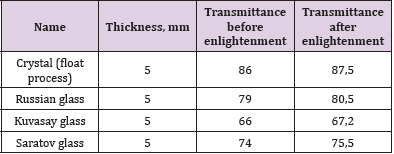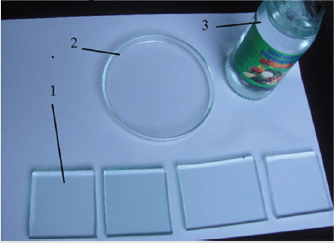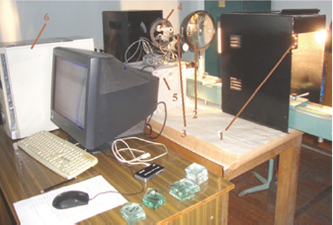Mini Review
Energy exists in our universe forever. Energy consumption is a prerequisite for any process. The task is to transform energy into a form that is convenient for its use, usually into an electrical one. For example, the potential energy of water is converted into kinetic energy and rotates the turbines of a hydroelectric power station, where it is converted into electrical energy. The sun’s radiant energy can be directly converted by photosynthesis in plant leaves, ultimately producing food and carbon as well as hydrogen. In photoand thermal converters, there is a direct conversion of radiant energy into electrical energy. Today, 80% of electricity is produced at thermal power plants, 15% is produced at hydroelectric power plants, and the rest is covered by nuclear power plants. As the forecast shows, if the current volumes and growth rates of energy consumption remain at 3-5%, the reserves of fossil fuels will run out in the foreseeable future. In addition, it is necessary to take into account the growing pollution of the environment, including heat [1] (Table 1). In the light of the above, it becomes understandable to intensify research and development for the development of renewable energy sources, primarily solar energy.
However, solar energy in Earth’s orbit is very diffused and at best is about 800 watts per square meter. This leads to the need to use colossal collectors. Therefore, solar energy is the most material-intensive and labor-consuming, about 100 times more than in traditional fuel energy. To date, tens and hundreds of solar energy conversion technologies have been developed, as well as thousands and tens of thousands of designs of various types of installations. Note that solar hot water supply and heating systems are widely used in the world, saving fossil fuel resources and, accordingly, consumer funds. Solar photovoltaic stations are being built, for example, in Russia in remote areas to supply power to small towns and cities where it is not cost-effective to build power lines or import fuel. Researchers and engineers are faced with the task of reducing labor costs and the cost of solar installations using innovative technologies and cheap materials in their production.
Optical coating is such a new technology that is promising for solar technology. Glass, the main material for solar installations, has a light transmittance of about 96% depending on the thickness of the glass. Polished glass using the float process technology allows up to 98% permeability. Coating allows to increase light transmission 1.5-2.0%. For flat collectors with single glazing this means an increase in collector area of 1.5%. For radiant energy concentrators, this is an increase in the reflection coefficient of mirrors from the rear by 2-3%. The feasibility of using the enlightenment technology in solar technology depends on the ratio of the benefit to the cost of the technology. The enlightenment effect was discovered by Academician IV Grebenshchikov in the 30s of the last century at the State Optical Institute of Leningrad [2].
Optics kept in acetic acid were covered with a dark, resistant film and its light transmission increased sharply. So, in the periscope of the submarine could be observed in any weather, even at dusk. Whereas without enlightenment only in the daytime in clear weather. It turned out that acetic acid eats away the outer silicate layer of glass, leaving a silica skeleton and forming a thin coating, which is anti-reflective. To date, a number of antireflection technologies have already been developed, including vacuum deposition of rare-earth elements, which is used to increase the efficiency of PES. On our own initiative, we carried out experimental studies of the light transmission coefficient for ordinary household glass, aged for 4-5 hours in acetic acid (Figure 1). A laboratory stand was used to measure the transmittance of glasses (Figure 2) [3]. An analysis of the results of these studies shows that the application of the enlightenment technology in solar technology is promising and the need for extensive research is needed.
Figure 2: Laboratory stand for measuring glass transmittance. 1-halogen lamp with a power of 300 W, 2- lens for parallelization of the radiant flux, 3-sample - glass, 4-receiver - actinometer AT 50, 5- voltage stabilizer, 6-computer.
References
- VI Lyashkov, SN Kuzmin (2003) Non-traditional and renewable energy sources. Textbook for students of heat and power specialties of universities. Tambov publishing house TSTU p. 96.
- (2004) Handbook of an optician technologist / MA Okatov, EA Antonov, A Baigozhin and others; Ed. MA Okatova - 2nd edn Rev and add.
- Sh Fayziev, Y Sobirov (2017) Laboratory stand for verification of solar sensors - actinometers and pyranometers. Scientific and technical journal "UZSTANDART" Agency p. 24-25.

 Mini Review
Mini Review


